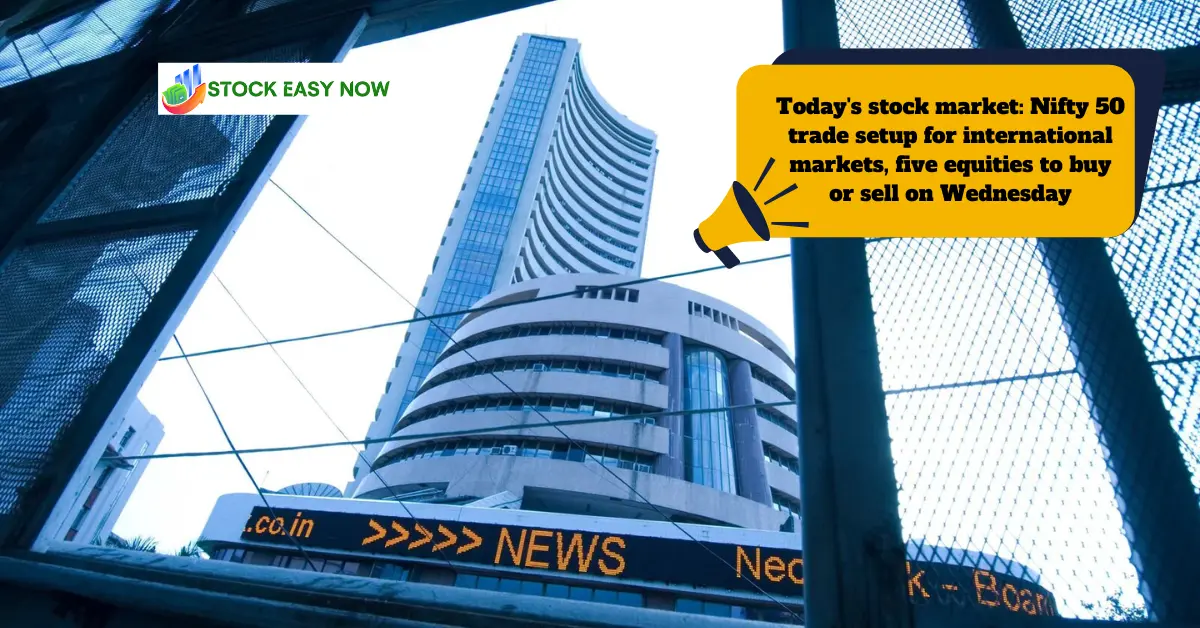Bitcoin, the foremost cryptocurrency globally, experienced a scheduled decrease in its rate of new coin generation on April 19. This occurrence, referred to as a “halving,” happens approximately every four years and is intended to decrease the overall supply of Bitcoin, as stated by CoinGecko.
According to Coinmarketcap data, Bitcoin’s dominance stands at 54.14 percent, reflecting a rise of 0.12 percent throughout the day.
After the halving, Bitcoin’s price stayed relatively steady, registering a minor decline of 0.47 percent to reach ₹58,89,117 on Wazirx.
The event was eagerly awaited by cryptocurrency enthusiasts who anticipate that it will further establish Bitcoin’s value as a limited asset. Satoshi Nakamoto, the founder of Bitcoin, set a maximum supply limit of 21 million coins.
Following a period marked by notable price swings for Bitcoin, the halving event arrives. In March 2024, Bitcoin surged to a record peak of USD 73,803.25 but has since experienced a partial retreat. Additionally, the broader cryptocurrency market has been uplifted by the recent endorsement of spot Bitcoin ETFs in the United States and anticipations of reduced interest rates.
What are the opinions of experts?
Quoted by Reuters, Andrew O’Neill, a crypto analyst at S&P Global, expressed some skepticism regarding the insights that can be gleaned for price forecasting from past halving events.
He emphasized that it is merely one aspect among many others that can influence prices.
As cited by Reuters, JPMorgan analysts anticipated Bitcoin’s price to decline post-halving due to it being “overbought” amidst subdued cryptocurrency funding.
This week, JP Morgan analysts wrote that they do not anticipate post-halving increases in Bitcoin’s price, as they believe it has already been factored into the market.
Parth Chaturvedi, Investments Lead at CoinSwitch Ventures, told Mint that the markets had factored in the halving, resulting in minimal volatility near the event. However, he pointed out a stark contrast from the previous day, where tech stock prices plummeted while crypto prices surged. Chaturvedi suggested that this divergence illustrates how crypto is establishing itself as a distinct asset class.
Chaturvedi added that while prices have generally declined from their recent peaks due to geopolitical tensions, there may be short-term downward pressure as miners and ecosystem participants adapt to the new supply dynamics. With the fourth halving, Bitcoin’s annual inflation rate will fall below that of gold, potentially prompting investors to consider it further as a ‘store of value’ asset class.
Also Read: Wipro
What does the halving of Bitcoin mean?
The Bitcoin halving is a predetermined event encoded into Bitcoin’s protocol, occurring approximately every four years. It reduces the reward received by miners for verifying transactions by half, consequently slowing down the rate at which new bitcoins are introduced into circulation. This mechanism emulates scarcity seen in precious metals, potentially enhancing Bitcoin’s value over time as demand stays constant or increases.





